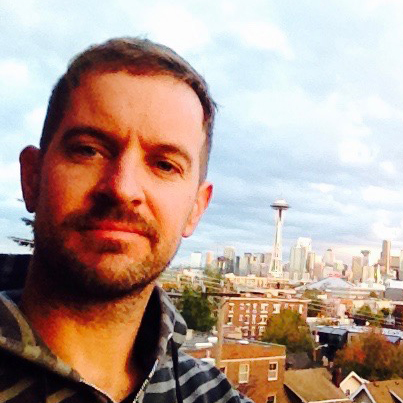Major processors in Bristol Bay, Alaska, began posting base prices at USD 0.70 (EUR 0.60) per pound, just over half of last season’s price of USD 1.35 (EUR 1.16). Bristol Bay’s KDLG radio station reported that Peter Pan Seafoods, Trident Seafoods, Red Salmon/North Pacific Seafoods, and OBI Seafoods had all announced their price, with processing giant Silver Bay Seafoods yet to post.
Once one of the major processors in Bristol Bay announces the base price, the others typically follow suit. If a processor announces a lower price than a competitor, they risk angering their fleet and losing boats to other companies.
In Bristol Bay – producer of up to 42 percent of the world’s sockeye salmon – processors publish a base price and add quality incentives on top of that to encourage fishermen to take better care of their fish, part of a fishery-wide effort to increase harvest value by producing more fillets and less canned salmon.
According to Bristol Bay fisherman message boards, Peter Pan Seafoods sent out a text message to fishermen saying, on top of the base price, it will pay incentives of USD 0.15 (EUR 0.13) for chilled fish and an extra USD 0.05 (EUR 0.043) for fish floating in their brailer bags, along with USD 0.05 (EUR 0.04) for bleeding.
While fishermen were pleased with the base price in 2019, industry insiders said the price was too high. Processors were already deflating 2020 price expectations before COVID-19 hit, and virus precautions drove up costs for processors. A chaotic, opaque market hampered by restaurant shutdowns and supply chain disruptions contributed to pushing down prices in a complex equation.
However, a recent analysis, published 21 July on the Bristol Bay Regional Seafood Development Association (BBRSDA) website, said estimates based on measurable market factors put the 2020 ex-vessel base price far higher at USD 1.43 (EUR 1.23) per pound. The analysis found harvest volume, net processing revenue from the previous year, and pre-season export prices of frozen H&G sockeye to be most statistically significant variables affecting ex-vessel sockeye salmon prices.
As many Alaska sockeye salmon runs lag, Bristol Bay has been on a string of historically strong runs, with catches exceeding 36 million fish every year since 2015.
Last season’s harvest of 43 million sockeye salmon combined with the relatively high base price added up to a preliminary ex-vessel value of USD 306.5 million (EUR 263.5 million). It was the most-lucrative season in Bristol Bay’s history and exceeded the 20-year average of USD 124 million (EUR 106.6 million) by nearly 250 percent, according to National Fisherman.
The most recent daily run summary published 21 July by the Alaska Department of Fish & Game had this season’s total season catch at 36.5 million fish. The total run was at 54.5 million fish, relative to a 20-year average of around 37 million fish.
After a slow start to the season, Bristol Bay fishing picked up in the past week, with a string of historically strong days spiking catch numbers and overloading processors.
Photo courtesy of the Bristol Bay Regional Seafood Development Association







